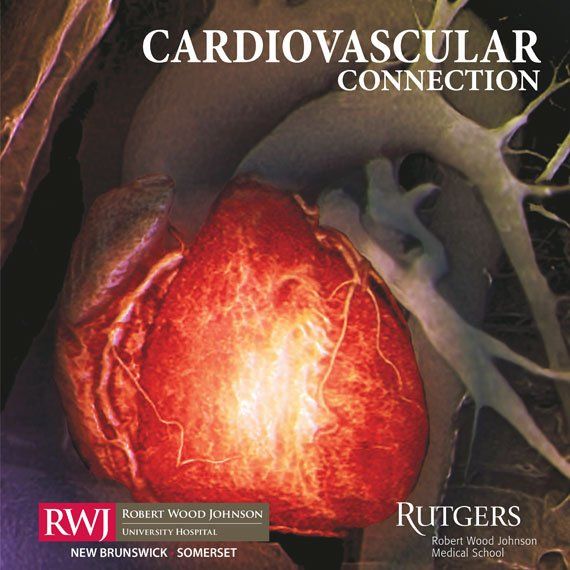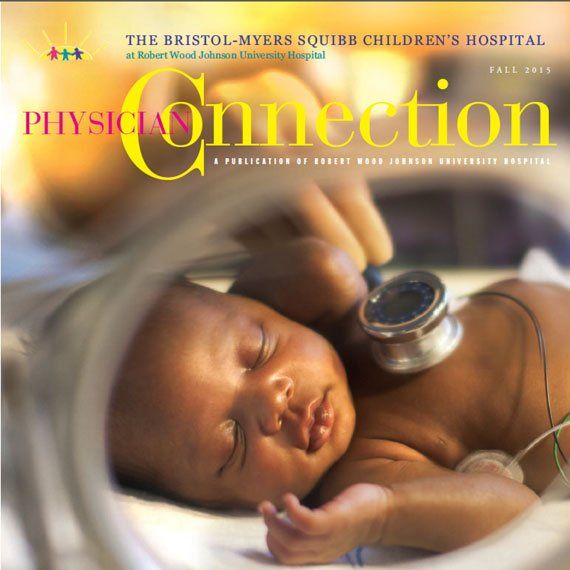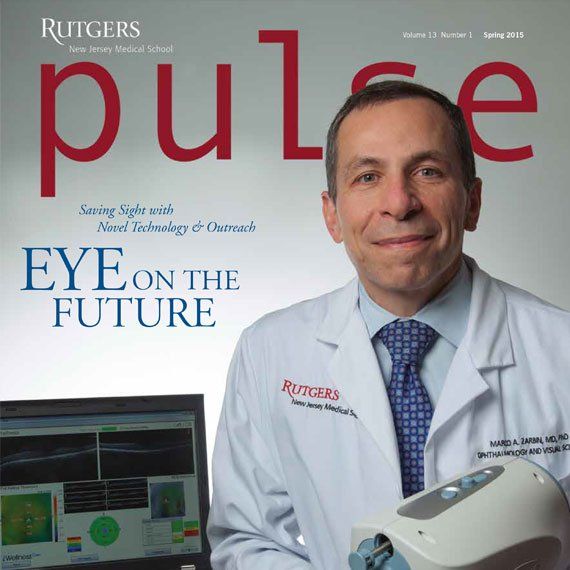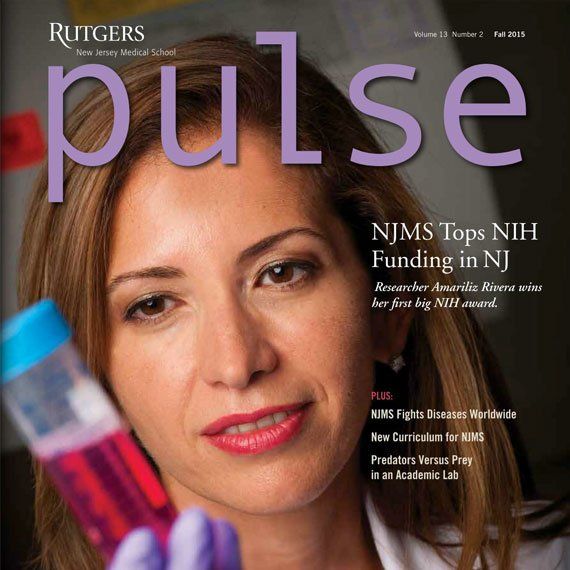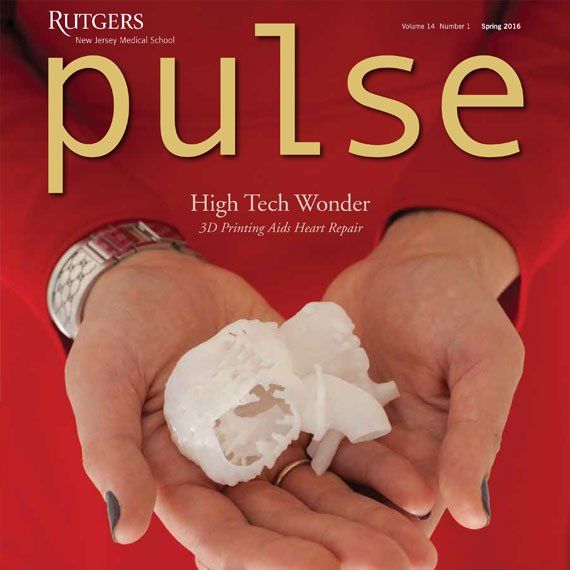What's in a Baby's Facial Expression
Alexander Stone Carr was born on Dec. 16, 2016 and I met this newest – my fifth! – grandchild moments after his birth in the middle of a long night. He stared intently, wide-awake and alert, into his mother’s eyes and actually grabbed for a necklace Maggie was wearing. Both wore falling-in-love-at-first-sight facial expressions that were absolutely priceless. And since then, Alex has only grown even more expansive in the way he can speak volumes with his little face using every muscle available, even his eyebrows going up and down in what looks like real wisdom. I mean, honestly, how did he know how to smile and make eye contact at the perfect moments? He’s also talking baby gibberish, chatting seriously about what’s on his mind…though we don’t understand a word he is saying as yet. His pure joy at being here is apparent to all, even complete strangers who engage with him.

Last week (July 12, 2017), the journal Nature published a study suggesting that this social side of our personalities might be genetically linked. A New York Times story, “Study Sees Autism Clues in How We Look at Faces,” by Pam Belluck, about this ground-breaking research, reports that the work “adds new pieces to the nature versus nurture puzzle, suggesting that genetics underlies how children seek out formative social experiences like making eye contact or observing facial expressions.” In the case of autism, the question is now: what is being disrupted in the brain and where? It was clear to all of us that Alex’s social nature existed from his first breaths of life. When Maggie smiled, and she does all the time, he smiled right back and sometimes the reverse was true. Previous research has shown that babies as young as 2 months who aren't looking into people's eyes are more likely to be diagnosed with autism by age 3.
Warren Jones, the study’s senior author and an assistant professor of pediatrics at Emory University School of Medicine, was so surprised by the strength of the data underscoring a real genetic link to social behavior that he thought it was an error. Jones now suspects that babies are “seeking out” social information found in the eyes and not just merely “responding to” facial features.














